As my commute to work takes around 45 minutes morning and night, I was looking for an audiobook for my drive to the office. I’ve been a subscriber to Audible for over 2 years now and after a few searches on the topic of Leadership, I came across James C. Hunter’s audiobook The Servant Leadership Training Course: Achieving Success Through Character, Bravery, and Influence. I didn’t know Hunter so I thought “Even a bad audiobook would be better than sitting in a traffic jam caused by a snow storm!” so I went ahead and purchased it. The audiobook is apparently based on Hunter’s earlier book The Servant.
My intend here is not to summarize the training course since I probably wouldn’t do the book justice but to give a few quotes from the book to give you a sense of the content and hopefully get you interested in servant leadership if this is something you would like to develop.
- Leadership is not a position or a job title;
- Leadership is influence;
- To lead is to serve others;
- Generation X doesn’t trust power people;
- Two thirds of employees quit their job because of their boss;
- Leadership is not management – leadership is about influencing people, not having power over people;
- Leadership is not about what you do, it’s about who you are;
- Leadership is the skill of influencing people to achieve a common goal;
- Leadership is character in action;
- Character is who you are in the dark when nobody is looking;
- Your thoughts become your actions, your actions become your habits, your habits become your character, and your character became your destiny;
- You are either green and growing or ripe and rotting (I really like this one!)
- Leadership is getting over your 2′s (years old) and start behaving like an adult;
- Leadership is about addressing the real needs of people, not their wants;
- The difference between power and authority:
- POWER = Do it or else…
- Power is “I have the position to make you do it, so you will”
- AUTHORITY = I’ll do it for you…
- Authority is “Getting people to willingly do what you ask them to”
- Authority is about who you are as a person;
- Power destroys relationships;
- Business is a series of relationships.
If you are a people manager and wish to become a true leader, this training course will offer you lots of reference points. Similar to the concept of stewardship, true leadership is not easily accessible. Most of us need to change our behavior, attitude, and actions to serve others and then become servant leaders.
As I said at the beginning, these are only a few quotes and the training course provides much more material to better understand the context and background of servant leadership. Under 4h30, this audiobook covered my commute to work for less than a week. Now, I need to search for another audiobook. Any suggestions?


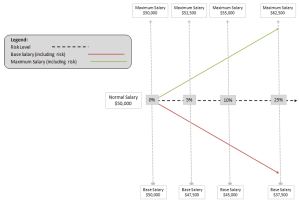





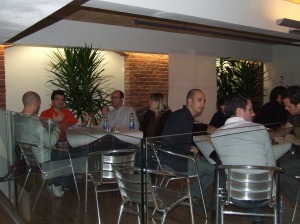
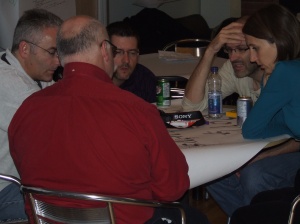





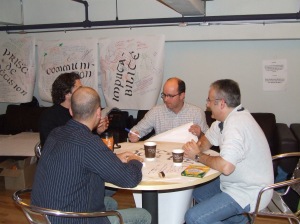
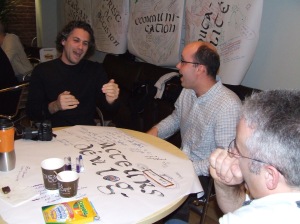


Recent Comments